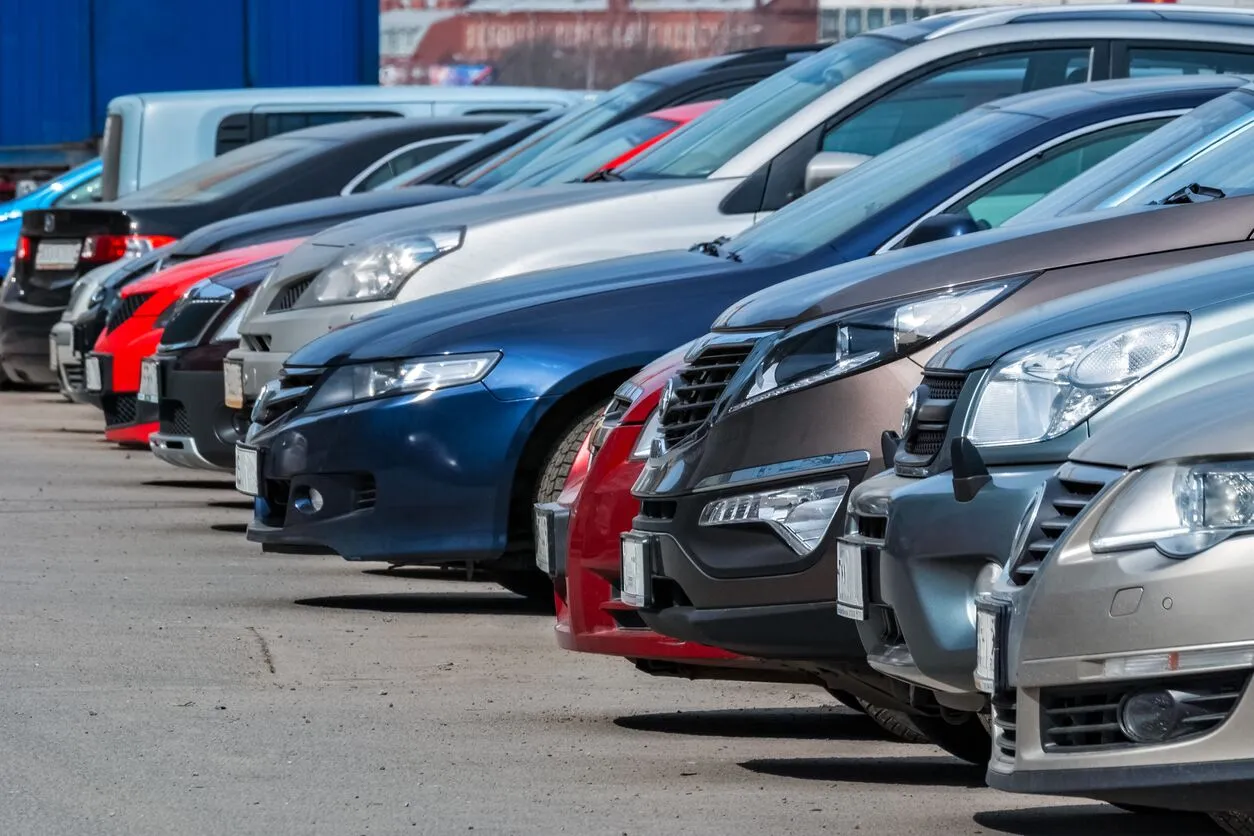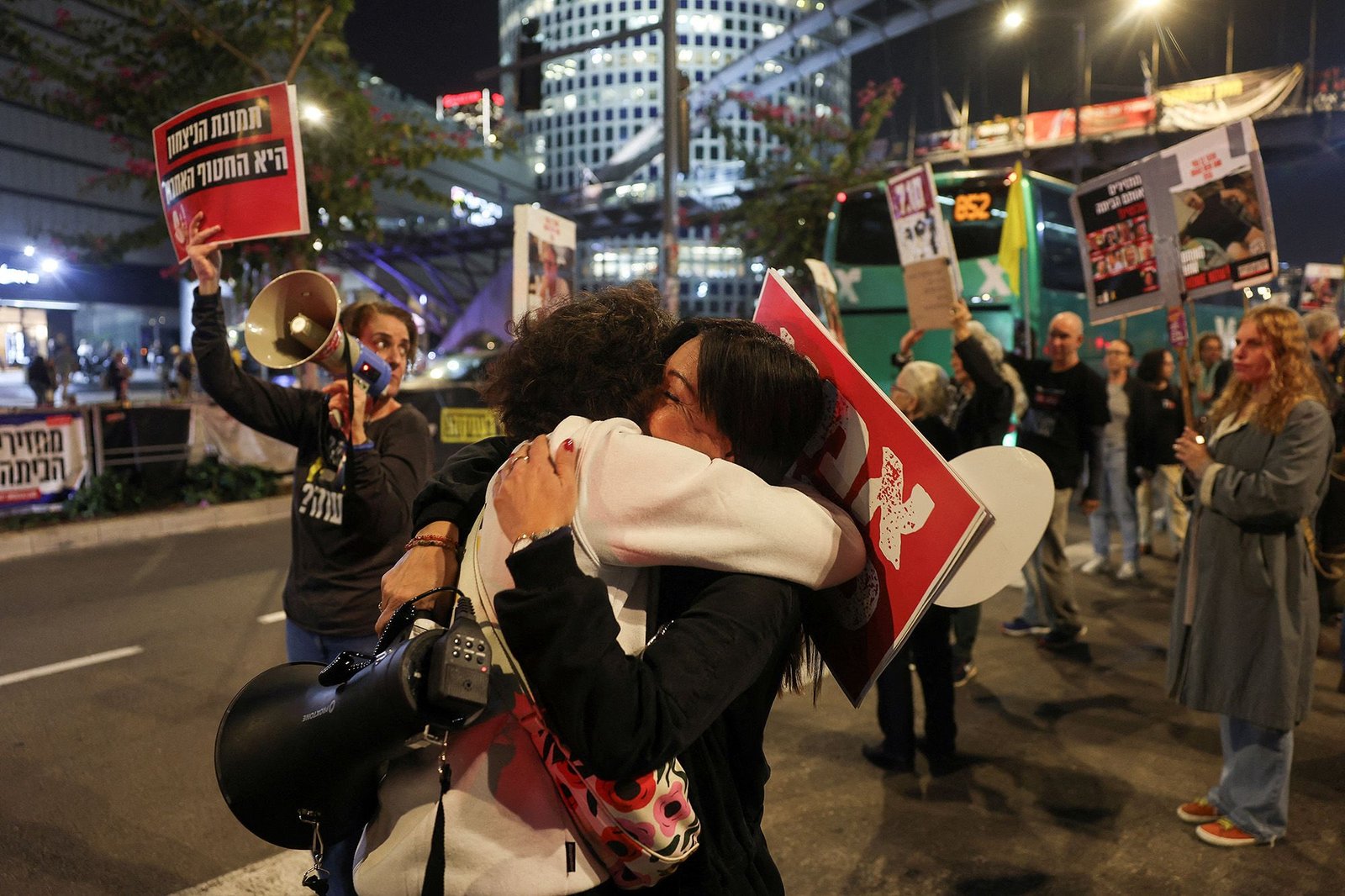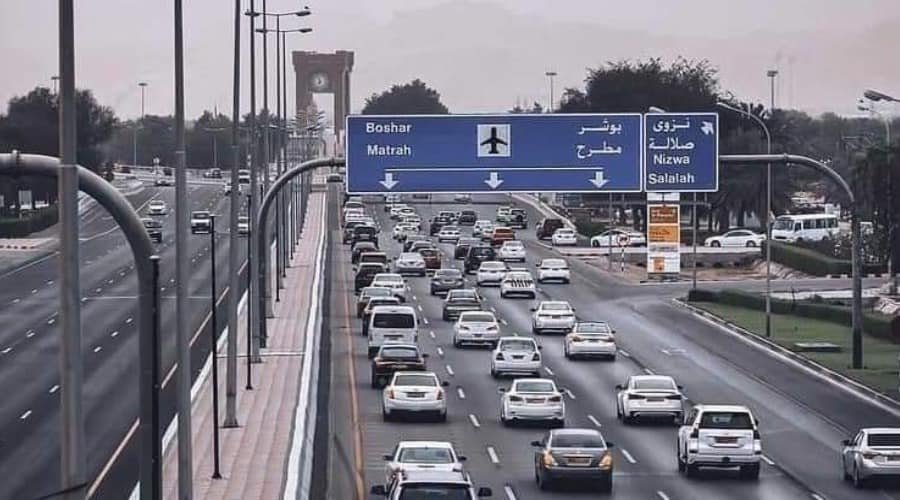MUSCAT: Before 1970, Muscat stood as a quiet coastal city where the rhythms of daily life unfolded without the hum of engines or the flow of heavy traffic. The absence of paved roads and the scarcity of cars created an environment shaped by centuries-old patterns of movement. Residents primarily relied on walking through narrow alleys, riding camels along sandy tracks, or using small boats to navigate between communities along the coastline. This lifestyle reflected the historic character of Oman’s capital, which had yet to experience the transformative push of modern infrastructure development.
The turning point came with Sultan Qaboos’s ascension to power in 1970, which marked the beginning of Oman’s modernization drive. Within a few years, paved roads began to stretch across the city, connecting previously isolated districts and enabling the introduction of vehicles on a scale never before seen in Muscat. This development fundamentally altered not just the pace of movement but also the social and economic interactions of residents. Suddenly, goods could be transported more efficiently, services expanded, and neighborhoods became accessible in ways that reshaped the city’s geography and daily routines.
This transformation also redefined Muscat’s urban planning. New road networks brought with them residential expansions, commercial districts, and public institutions, effectively merging previously distant areas into a more unified capital. The influx of cars spurred the creation of traffic systems, parking areas, and a host of supporting services, laying the groundwork for a city poised to participate in Oman’s broader economic aspirations. Muscat evolved from a collection of traditional communities into a modern urban center reflecting the national vision for progress.
Even as Muscat embraced modernization, traces of its pre-1970 lifestyle remain visible. Historical districts such as Muttrah still preserve narrow lanes, bustling souqs, and pedestrian pathways that echo an era before cars dominated the cityscape. These reminders not only highlight how far the capital has come but also provide a living connection to its heritage. Today’s Muscat stands as a testament to how swiftly a society can change while retaining the cultural threads that tie it to its past.



